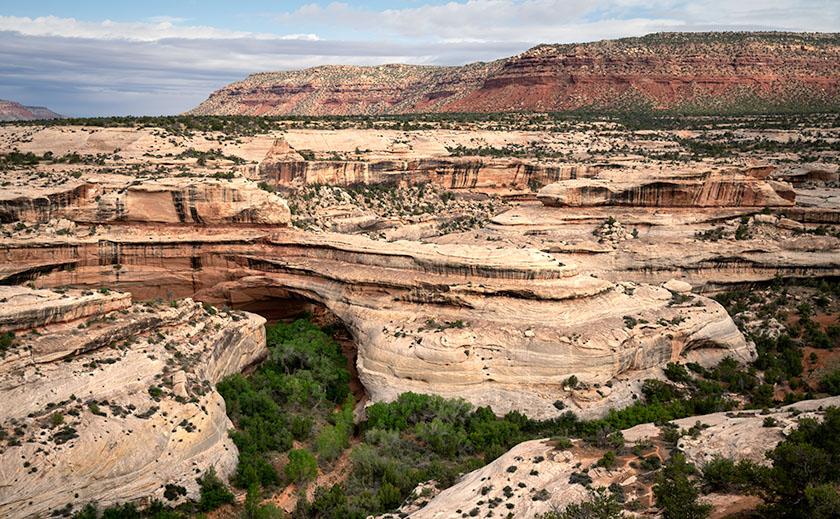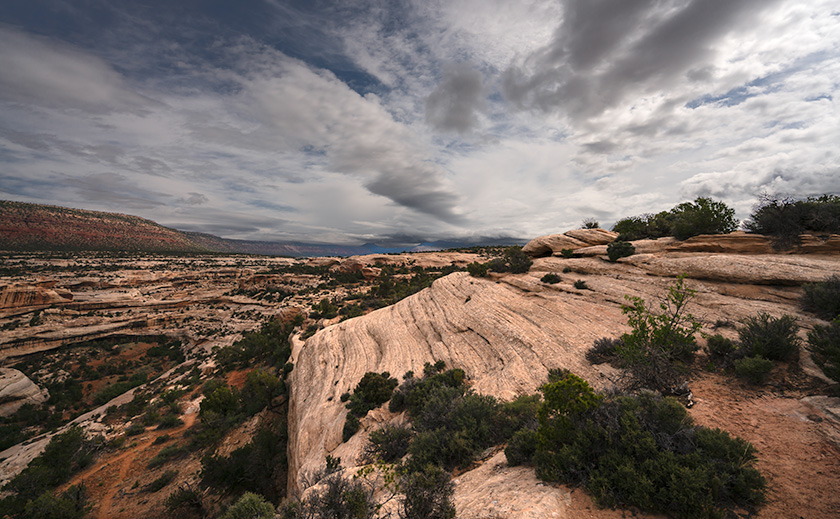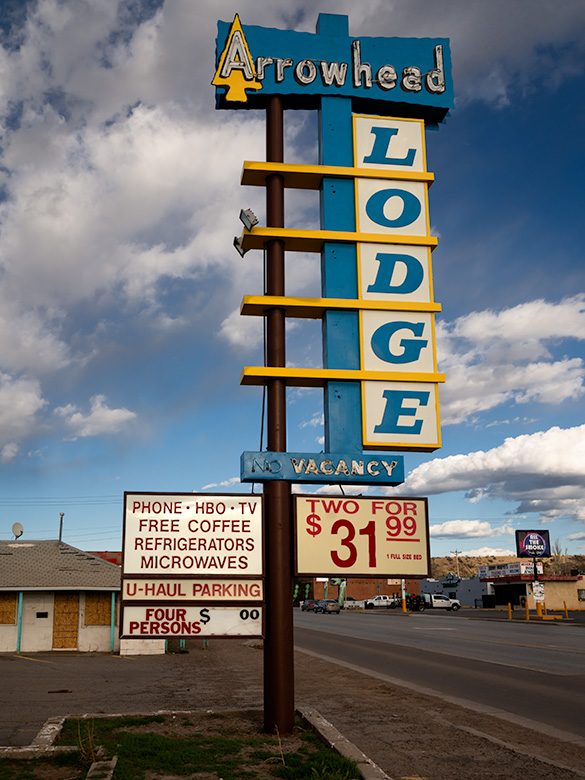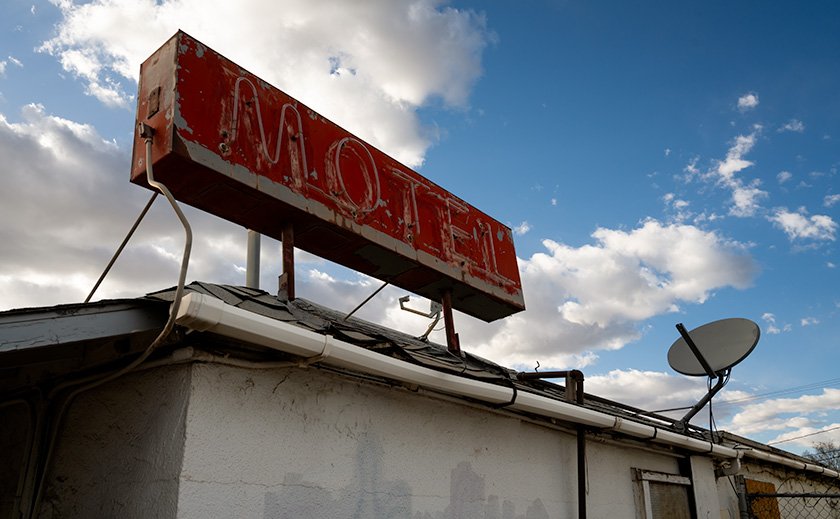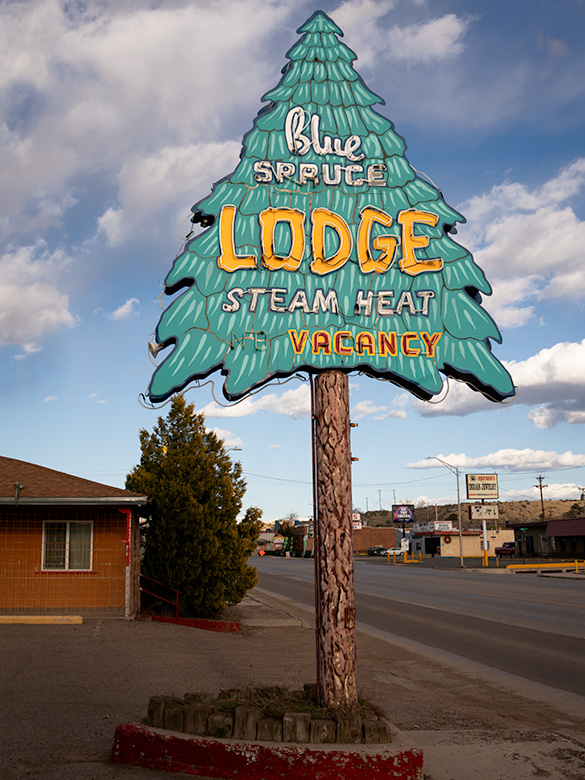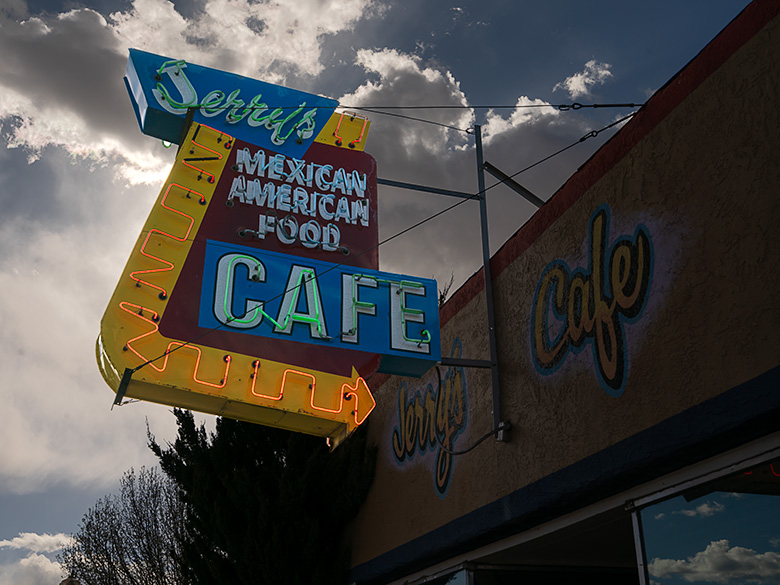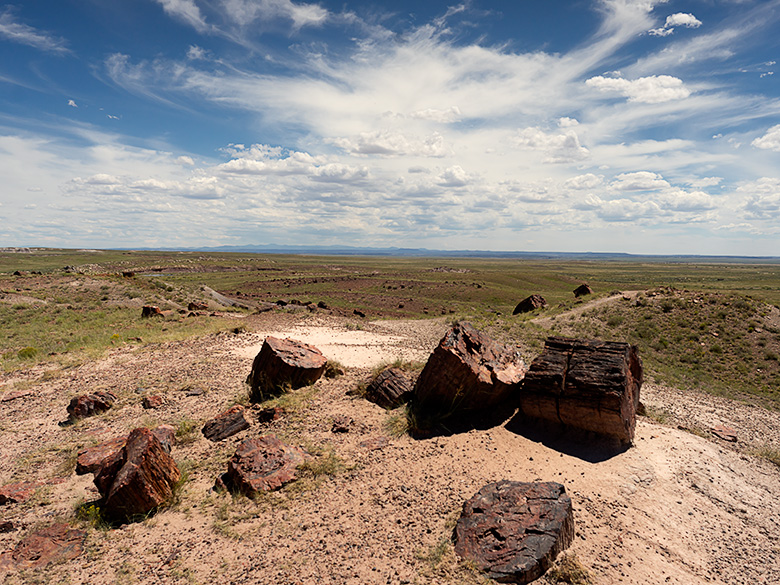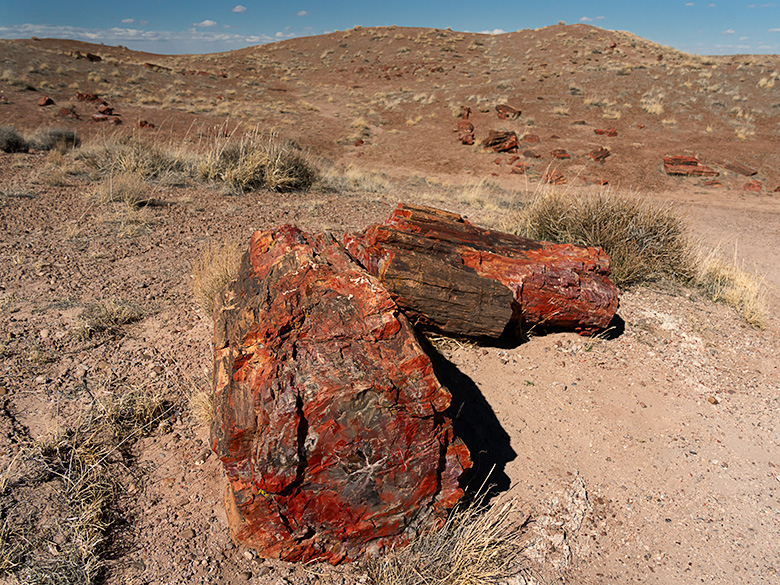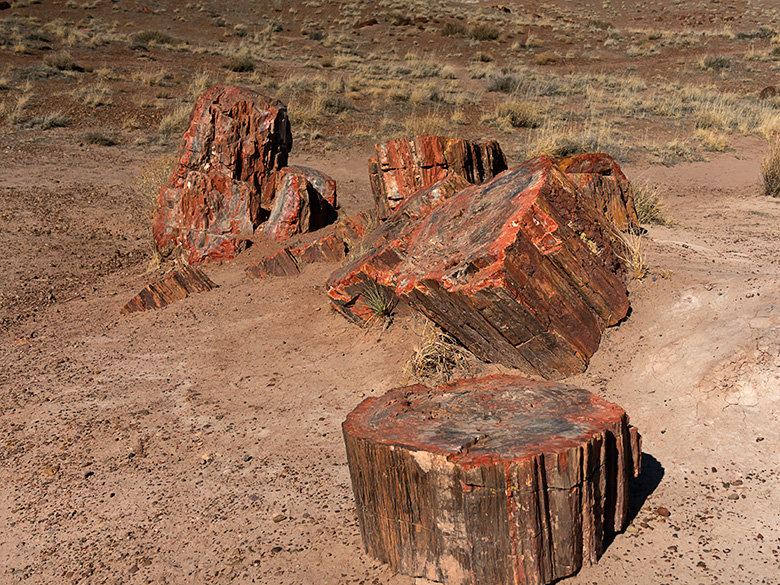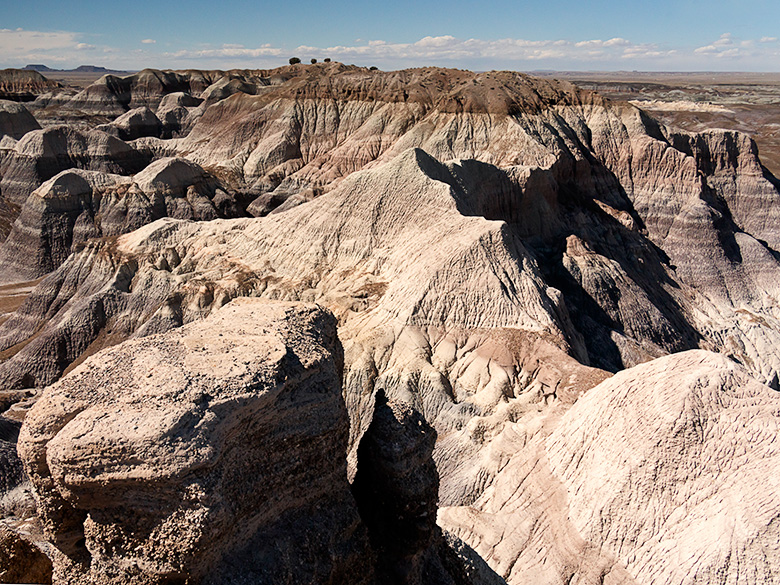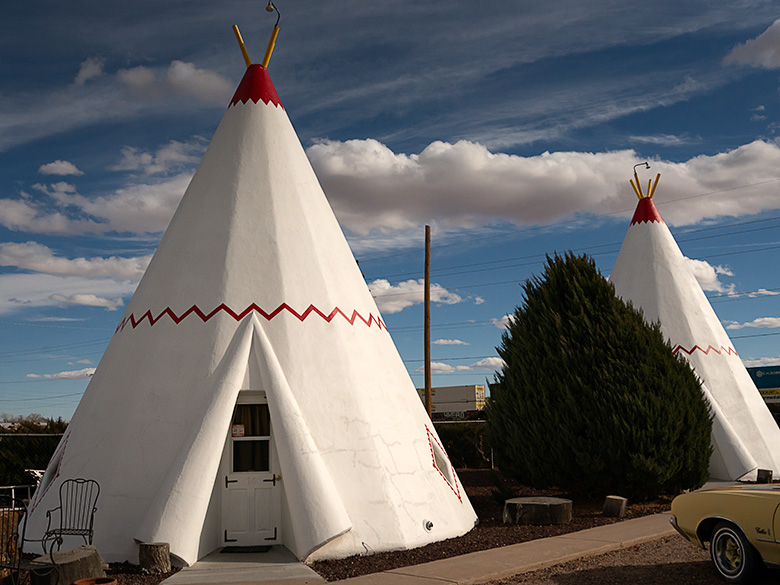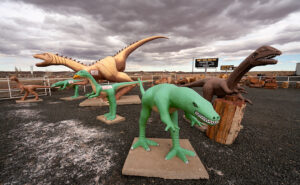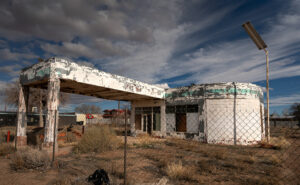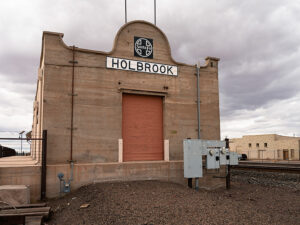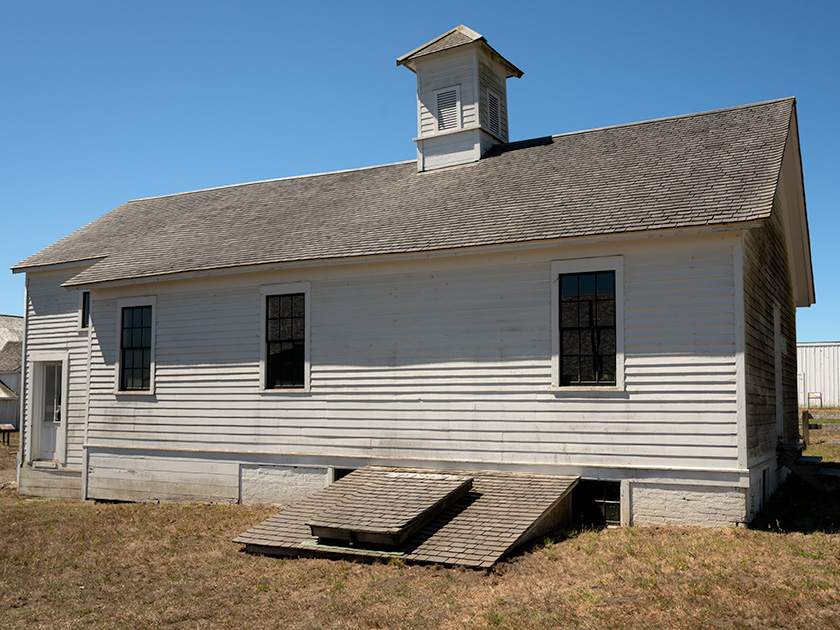
You might wonder why Queen Anne and I chose Point Reyes as our summer escape from the desert. The answer is simple: wasn’t it Mark Twain who famously quipped, “The coldest winter I ever spent was a summer in San Francisco?” Couple that with data I found from the Point Reyes lighthouse, which proudly claims to be the “foggiest and windiest place on the California coast,” and you’ve got a lure strong enough to reel in two desert rats like us faster than a piece of cheddar in a spring-trap.
Besides, I watched a Back Roads West YouTube video by Cliff and Ilene Bandringa last year that made Point Reyes look like a cool, misty oasis—a refreshing break from the sweltering Arizona sun. What could go wrong if we spent a week soaking in Frisco’s damp air without shelling out for those $300-a-night hotel rooms?
So, when the summer heat finally got to us, we stuffed Anne’s shoes, her mountain of books, and just enough room for my camera gear into her gutless little Corolla. Sure, it couldn’t pass a tumbleweed on the open highway, but with 35 miles to the gallon, who’s complaining? After all, we needed to save money for wine. And so, west we went, dreams of cool fog dancing in our heads.
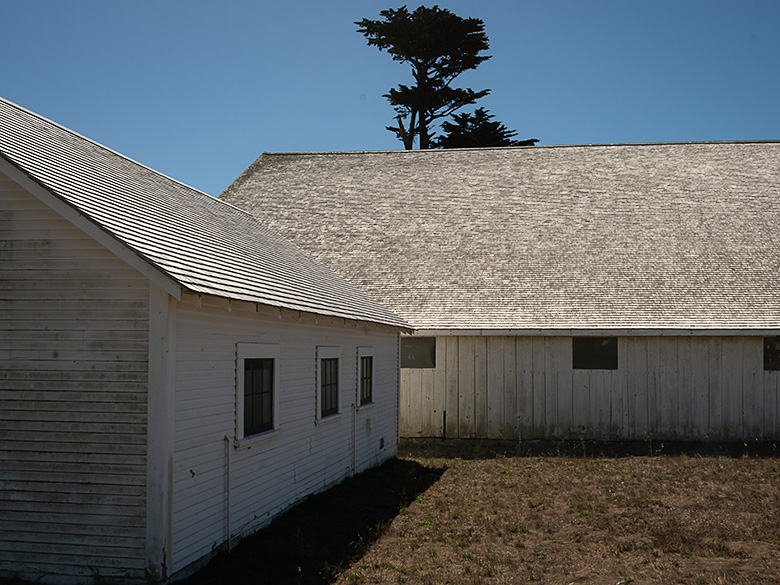
Geology of Point Reyes
If you look at a map, Point Reyes juts out into the Pacific like an island tethered to the California coast—an island at dock. Geologically speaking, it nearly is an island, sitting on its own chunk of land on the Pacific Plate. The San Andreas Fault runs through Tomales Bay, separating Point Reyes from the mainland. It’s as if the Pacific and North American plates decided to part ways, leaving Point Reyes awkwardly perched on the edge.
The landscape here is a study in contrasts. The peninsula’s eastern side gently slopes up from the coast, eventually rising to a broad plateau that stretches across the western half. This plateau is a patchwork of windswept grasslands dotted with clusters of Monterey Cypres trees that stand out—gnarled, twisted, and pruned by the persistent winds that whip across the plateau. They seem to lean into the wind, shaped by years of relentless gusts that have carved their forms into something resilient and hauntingly beautiful. As you journey westward, the land meets the ocean in a dramatic drop-off, with cliffs that plunge into the Pacific, as though the land falls away into the sea.
Historically, the cool coastal climate and fertile soils made this plateau an ideal spot for dairy farming. In the late 1800s, families like the Pierce and McClure clans established sprawling dairy farms here. However, as with many land use stories, controversy followed. Over time, concerns about environmental degradation grew as the cattle impacted the fragile coastal ecosystem.
Eventually, the tide turned, and the land began to be reclaimed. Today, Point Reyes is home to a thriving Tule elk population, roaming freely across what was once pasture. The elk symbolizes the land’s restoration, while the weathered barns and ranch buildings, now abandoned, stand as silent reminders of a different era. But it wasn’t just the history that called me—the photos first made me drool.
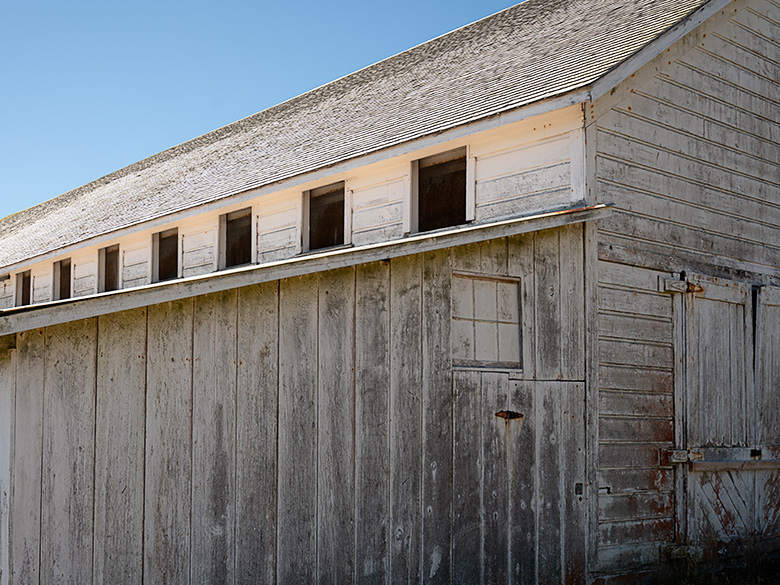
Pierce Point Dairy
As soon as I saw those weathered barns and fog-cloaked pastures, I could visualize myself working in the damp, misty air, capturing the kind of light Andrew Wyeth made famous in his iconic rural scenes of Maine. Photographing these barns and windswept trees with that soft, ethereal light seemed like the perfect opportunity to channel Wyeth’s muted tones and quiet beauty—not on canvas but through the lens.
Pierce Point Ranch is one of the oldest and most significant dairy farms on Point Reyes. Its weathered white barns are a testament to California’s agricultural past. Established by the Pierce family in the 1850s, the ranch was part of the Point Reyes dairy boom, when the cool coastal climate made this land perfect for dairy farming.
At its height, the ranch produced butter and cheese for San Francisco and beyond, shaping the region’s early economy. The Pierce family and others carved out a life here, managing their cattle amid some of California’s most stunning—yet harsh—landscapes.
But as time passed, so did the viability of dairy farming. Environmental concerns over the cattle’s impact on the land eventually led to the phasing out of ranching operations. Today, Pierce Point Ranch is preserved as part of Point Reyes National Seashore, a symbol of the area’s agricultural heritage. The ranch buildings remain their whitewashed walls standing in quiet contrast to the now-peaceful surroundings, save for the occasional Tule elk wandering nearby.
However, getting to the ranch is an adventure in itself. The road leading to Pierce Point is paved with just enough potholes to make you consider airing down the tires—something I usually reserve for off-roading with the Turd. It felt like I was off-roading on asphalt! As I carefully navigated each crater, I couldn’t help but think how this rugged drive suited the history of the place, where dairy farmers once worked the land in equally challenging conditions.
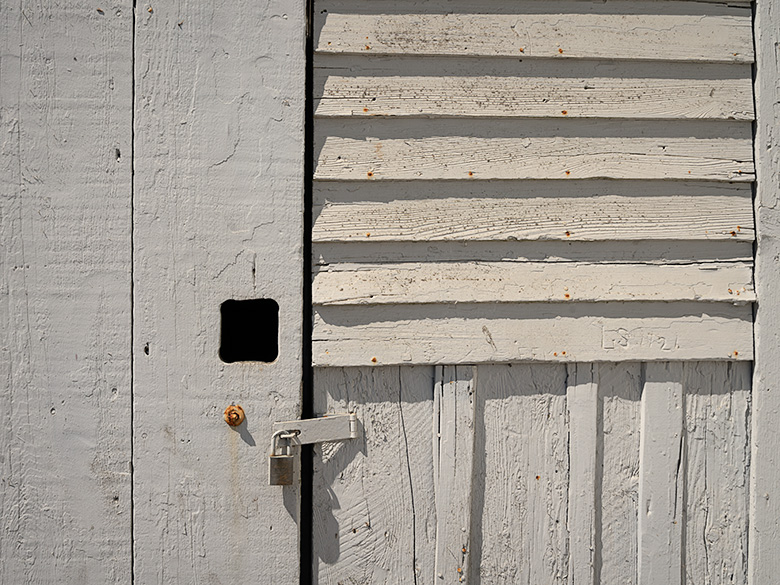
The Photographs
When we arrived at Pierce Point Ranch, I felt like I’d brought the brutally clear desert air. Not a single trace of fog was in sight. Standing in the crystal-clear air, we could see the fog banks hovering about three miles offshore as if they were paranoid of catching Valley Fever, our local desert respiratory disease unique to arid climates.
I envisioned working in the soft, diffused light made famous by Andrew Wyeth, but the fog had other ideas. It stayed away as if allergic to my presence. Faced with the harsh reality of bright sunlight and whitewashed buildings, I figured if I couldn’t be Wyeth, I’d channel my inner Pete Turner instead—leaning into the bright colors and sharp edges, capturing the contrast and crispness of the scene.
The ranch sprawled around me like a Hollywood set constructed by Cecil B. DeMille as my personal photography playground. I wandered around merrily, snapping away. The clear skies may not have given me the moody atmosphere I’d hoped for, but they offered a different kind of beauty—a bold, vibrant one. I was as happy as a kid at a drugstore soda fountain with a twenty-dollar bill to spend.
Wrap-up
Now, before we wrap things up, I’ve got to share a story my mother used to tell us about growing up on a farm in Kentucky. Believe it or not, one of her favorite things was feeling chicken and cow manure squishing between her toes. Aren’t you glad I left that part out of my story?
Thanks for coming along on our journey to Pierce Point Ranch—I hope you enjoyed the show! My website has larger versions of these photos [jw link]. They will remain online for three months before they are replaced or removed. Feel free to dive in and explore the details.
I’d love to hear from you! Do you have any thoughts about the photos, the story, or maybe some farm experiences of your own? Drop a comment—we enjoy hearing your stories and feedback. Be sure to return next month for our journey home—it’s bound to be just as exciting, if not a bit cleaner.
Keep your milk fresh and your cheddar sharp.
jw
BTW: As we began our journey south on the 101 early Sunday morning, the hilltops were shrouded in low clouds, and just before we crossed the San Mateo Bridge, I had to turn the windshield wipers on. The fog was that dense. I guess I finally got my foggy California experience after all. You bastards!



